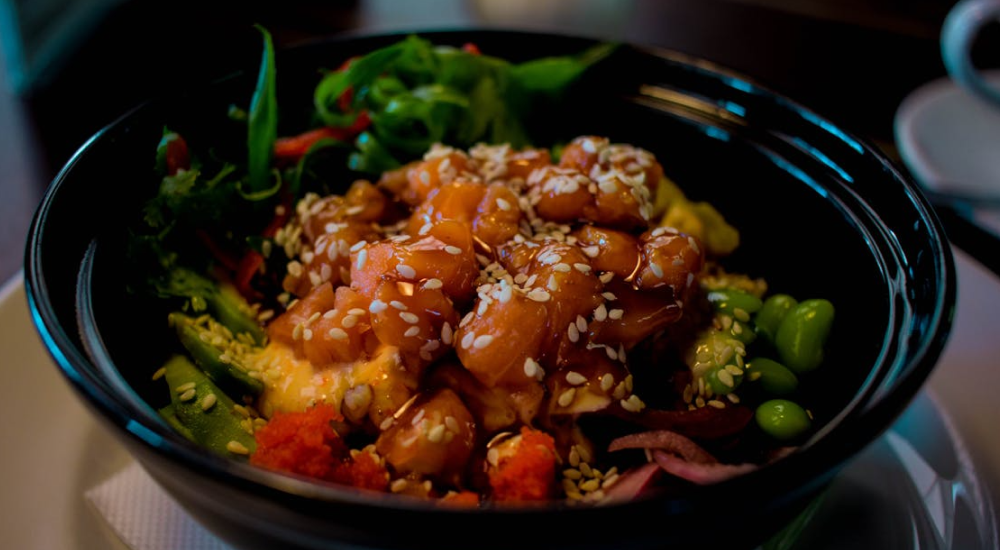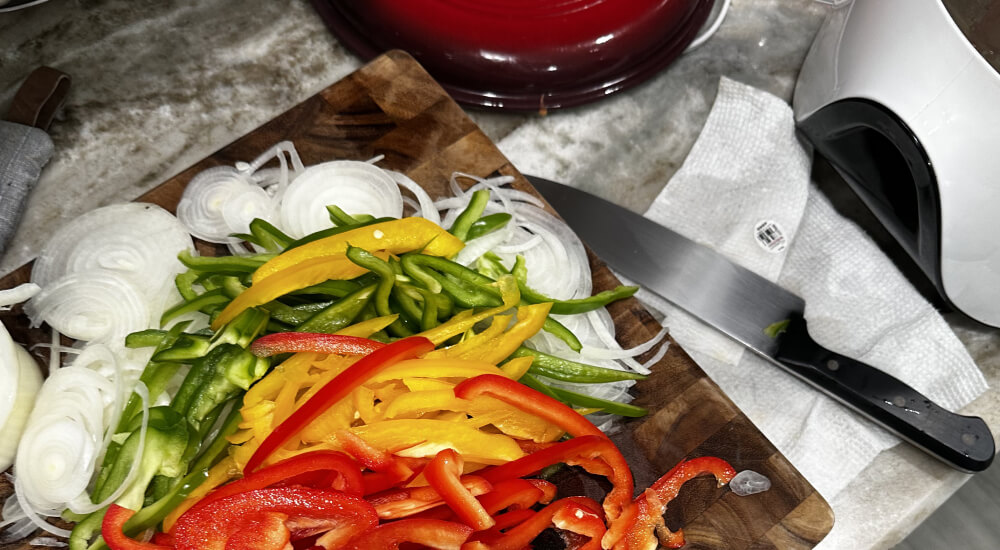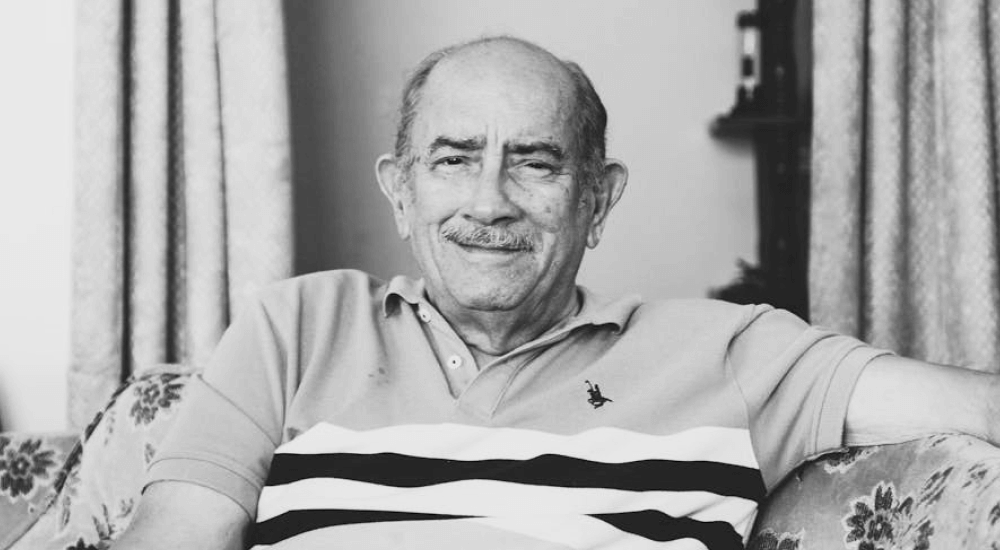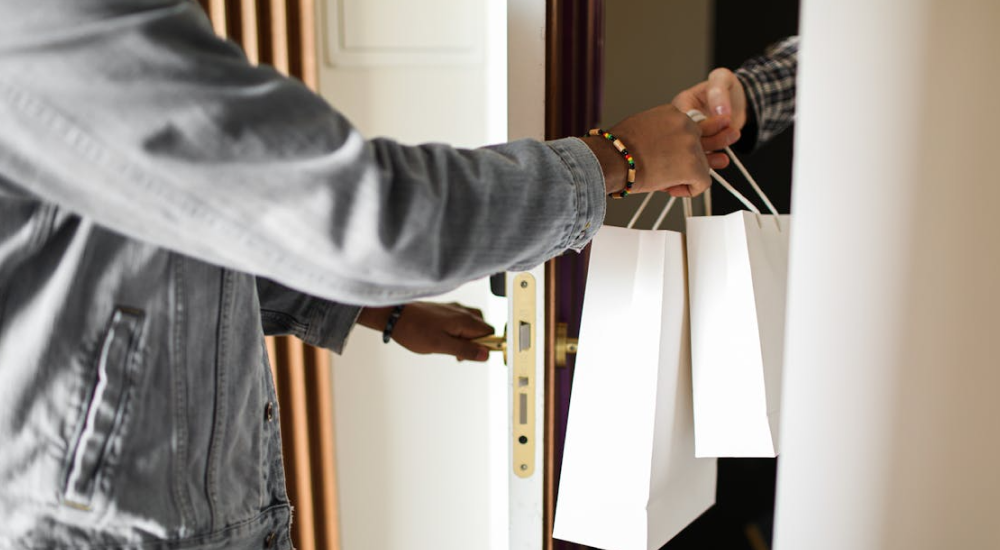How Uber Eats markups quietly raise your bill
Ordering food on an app should not be a stealth tax, but sometimes it really is.
Wealthist
Financial insights for everyone

When you order food through Uber Eats instead of ordering from restaurant directly, the app price is almost always higher. In a check of a Tampa Chili's menu, every single item listed on Uber Eats was about three dollars more than the restaurant's site. That's 15 to 30 percent more depending on the dish.
Why am I paying more?
Restaurants pay commissions to Uber Eats, DoorDash, and the other delivery apps. Those costs usually show up as higher menu prices on the app, not always as a separate fee.
A deep-dive by Forbes found that Uber Eats menu markups, on top of the app’s fees, could push the price up by as much as 91 percent compared to the restaurant’s own prices. That’s not rare. In one example, the same two turkey sandwiches cost as much as 17 percent more just from the markup, before any platform fees even hit.
Another study confirmed: fast-food orders placed on delivery apps, including Uber Eats, cost about 80 percent more on average than pickup, again, thanks to menu markup alone, before considering delivery fees or tips.
This is not just annoyance. Small markups compound. Skipping a three dollar markup once in a while might feel tiny, but doing it regularly turns into real money that could be used for savings, investment, or paying off debt.
What can you do to keep more of your budget intact?
Every time you’re tempted to tap that order button, do this first: glance at the restaurant’s own website or call them directly to compare prices. If pickup doesn’t cost more (and often it doesn’t), skip the Uber markup entirely.
Convenience is worth paying for sometimes, but not always. If you prefer the app experience, use it once in a while for urgent or time sensitive orders. Otherwise, choosing pickup or ordering direct keeps more of your budget where it belongs, with you.
Just remember that convenience is not free. It’s fine to pick your battles, but staying alert saves money and keeps you in control.
Keep learning
Explore more saving articles. The more you know, the easier it is to build wealth.


